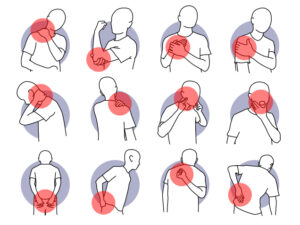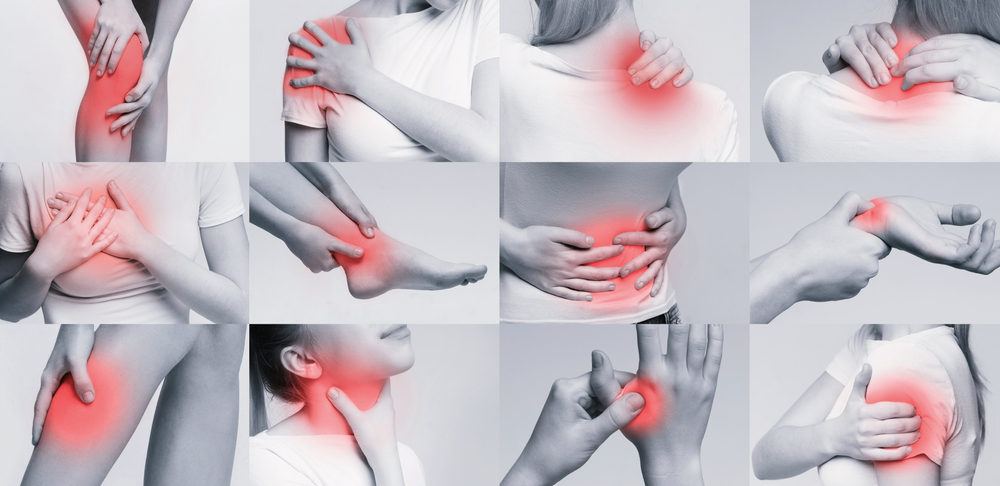Cannabis, CBD, and THC have been gaining popularity in recent years as potential natural remedies for various ailments, including pain management. Pain is a prevalent and often debilitating condition that affects millions of people worldwide. While there are many conventional treatments for pain, some people prefer to use natural solutions, such as cannabis, CBD, and THC, due to their perceived effectiveness and fewer side effects.
Cannabis is a plant that has been used for medicinal purposes for thousands of years. It contains hundreds of compounds, including cannabinoids, terpenes, and flavonoids. Two of the most well-known cannabinoids found in cannabis are tetrahydrocannabinol (THC) and cannabidiol (CBD). THC is the psychoactive component of cannabis, meaning it can cause a “high” when consumed. CBD, on the other hand, does not produce a high and is non-intoxicating.
The cannabinoid system in the body plays a crucial role in regulating pain, and compounds like THC and CBD found in cannabis plants may offer therapeutic benefits for individuals experiencing pain.
The endocannabinoid system (ECS) is a system that plays a crucial role in regulating various physiological processes, including pain.
The two primary endocannabinoid receptors are known as CB1 and CB2. CB1 receptors are primarily found in the central nervous system, while CB2 receptors are mostly found in the immune system and peripheral tissues. When endocannabinoids bind to these receptors, they can modulate various physiological processes, including pain perception.
Cannabis plants contain more than 100 different cannabinoids, including tetrahydrocannabinol (THC) and cannabidiol (CBD).
THC binds to CB1 receptors in the brain, which can alter perception, mood, and cognition.
CBD, on the other hand, does not produce psychoactive effects and does not bind strongly to CB1 receptors. Instead, CBD modulates the activity of various other receptors and ion channels in the body, including serotonin receptors and TRPV1 receptors, which are involved in pain perception.
Studies suggest that both THC and CBD can be effective at reducing pain, although they may work through different mechanisms. THC’s psychoactive effects may provide relief by altering perception and mood, while CBD’s interactions with various receptors may help modulate pain signals in the body.
CBD and THC have also shown promise in treating specific types of pain, such as neuropathic pain. Neuropathic pain is caused by nerve damage and can be challenging to treat with conventional pain medications.

Due to their pain-relieving properties, cannabis, CBD, and THC have the potential to reduce the use of opioids in pain management. This is significant because opioids can have serious side effects and can be highly addictive.
Chronic pain can have a significant impact on a person’s quality of life, limiting their ability to participate in daily activities and enjoy life. Cannabis, CBD, and THC may help improve quality of life by reducing pain and inflammation, allowing people to engage in activities they enjoy and participate more fully in life.
Cannabis is a natural solutions that can be grown sustainably, making it an eco-friendly choice for those who are concerned about the environment. Additionally, CBD and THC can be extracted from cannabis plants and used in various forms.
Overall, the potential positive aspects related to pain and the use of cannabis, CBD, and THC are significant. While more research is needed to fully understand their benefits and risks, these natural solutions offer a promising alternative to conventional pain medications and have the potential to improve the quality of life for those who suffer from chronic pain.
In conclusion, cannabis, CBD, and THC have shown promise in reducing pain and inflammation in various conditions. These natural solutions may be a viable option for those seeking alternative pain management strategies.
To access our free cannabis dosage calculator–
Click Here!!!
References
https://journals.plos.org/plosmedicine/article?id=10.1371/journal.pmed.1002967
https://tikun-olam.org.il/wp-content/uploads/2020/08/2015-Overcoming-the-Bell%E2%80%90Shaped-Dose%E2%80%90Response-of-Cannabidiol-by-Using-Cannabis-Extract-Enriched-in-Cannabid.pdf
https://pubmed.ncbi.nlm.nih.gov/30585986/
https://bpspubs.onlinelibrary.wiley.com/doi/10.1111/j.1365-2125.2011.03970.x
https://www.ncbi.nlm.nih.gov/pmc/articles/PMC2503660/
https://www.ncbi.nlm.nih.gov/pmc/articles/PMC7000155/
https://www.ncbi.nlm.nih.gov/pmc/articles/PMC3243008/
https://www.ncbi.nlm.nih.gov/pmc/articles/PMC3080871/

